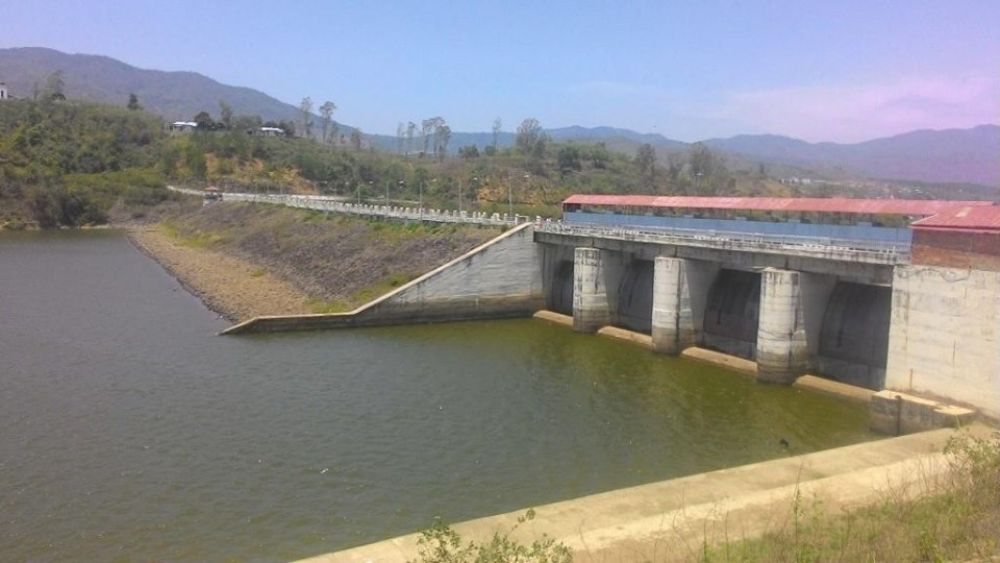

The history of tourism at Khuga Dam, located near Churachandpur in the picturesque northeastern state of Manipur, India, is a chronicle of its emergence as a scenic spot that has attracted visitors seeking tranquility and natural beauty. Khuga Dam is not only a significant structure for irrigation and water supply but has also evolved as a popular tourist destination in the region.
Khuga Dam's journey as a tourist spot began with its inception. The dam was conceived as part of an irrigation project as early as 1983. However, due to various reasons, the construction process saw numerous setbacks, and it took over two decades to complete. Officially inaugurated in November 2010, the dam was built over the Khuga River and had a dual purpose: to provide a reliable source of water for domestic use and irrigation, and to generate hydroelectric power.
The serene environment around the reservoir started to catch the attention of local tourists soon after the dam's completion. Initially, the area's tourism was driven largely by its novelty and the panoramic views it offered. The rugged hills and the expansive water body provided a breathtaking backdrop, perfect for day-trippers from nearby areas.
With improved roads and better infrastructure, Khuga Dam's accessibility increased, bringing in more visitors from around Manipur and neighboring states. Facilities for tourists began to grow, including picnic spots, small eateries, and boating services on the reservoir. These enhancements further solidified its status as a burgeoning tourist hotspot, integrating itself with the local economy and becoming a source of revenue for the community.
As recognition of Khuga Dam as a tourist destination grew, so did the eagerness of the Manipur government to promote it. The government's initiatives to highlight the state's natural beauty and cultural heritage included the development of Khuga Dam as a key attraction. Festivals and events have also been organized at the site to showcase local traditions and attract more visitors.
In recent years, the trend in tourism at Khuga Dam has shifted towards eco-tourism and sustainable practices. Tourists are increasingly interested in experiencing the local culture and the pristine environment with minimal ecological footprint. Adventure tourism has also picked up, with trekking in the nearby hills and angling in the reservoir being popular activities. As the world leans towards responsible tourism, Khuga Dam is expected to continue evolving, offering tailored experiences that respect the natural and cultural landscapes of the region.
Today, Khuga Dam is not just an engineering feat but also a locus of community life and a retreat for nature enthusiasts. Its history of tourism is still being written as it moves towards a future of sustainable and inclusive growth that welcomes visitors from across the globe to experience the charm and splendor of Manipur's hidden treasure.